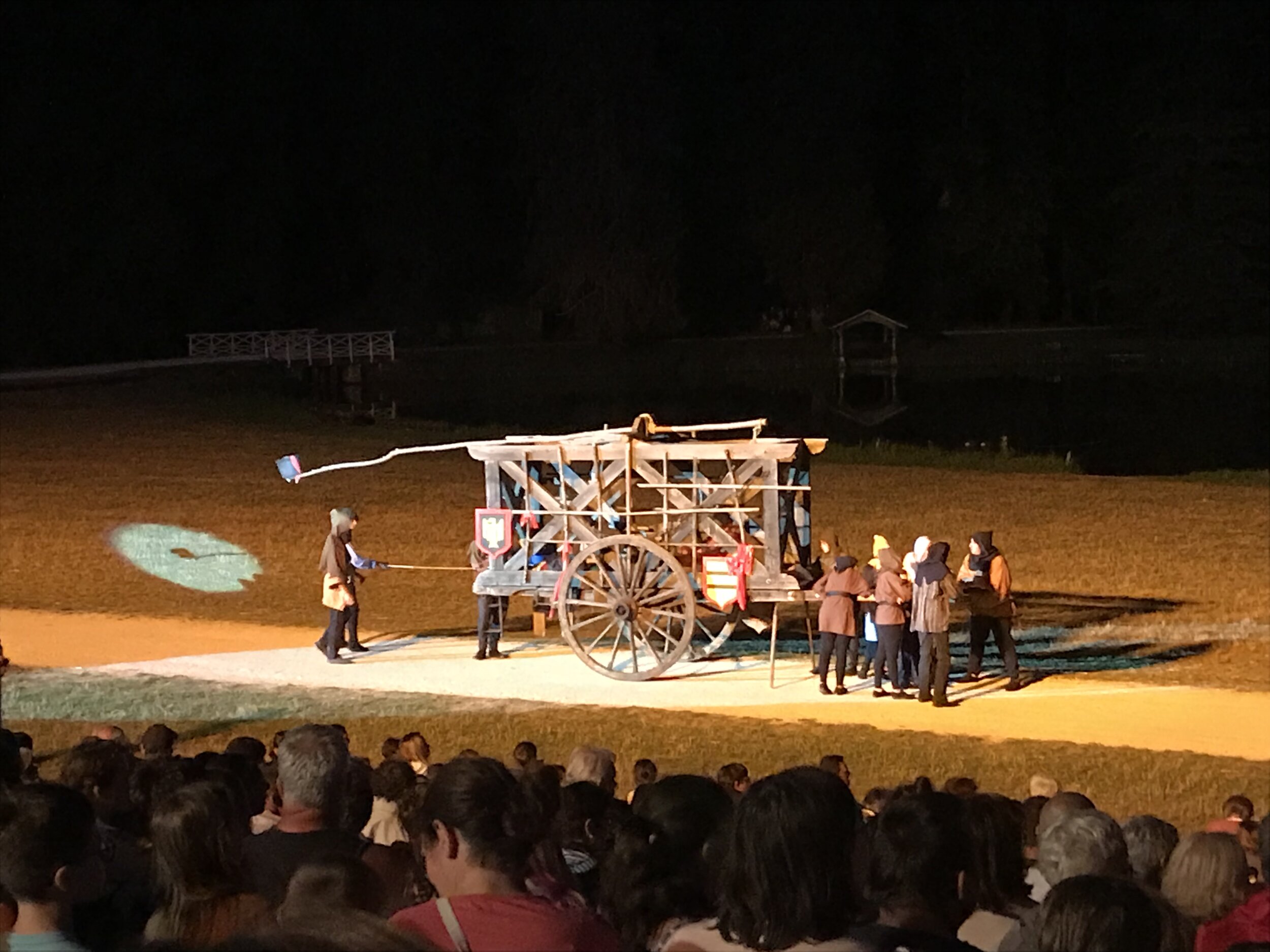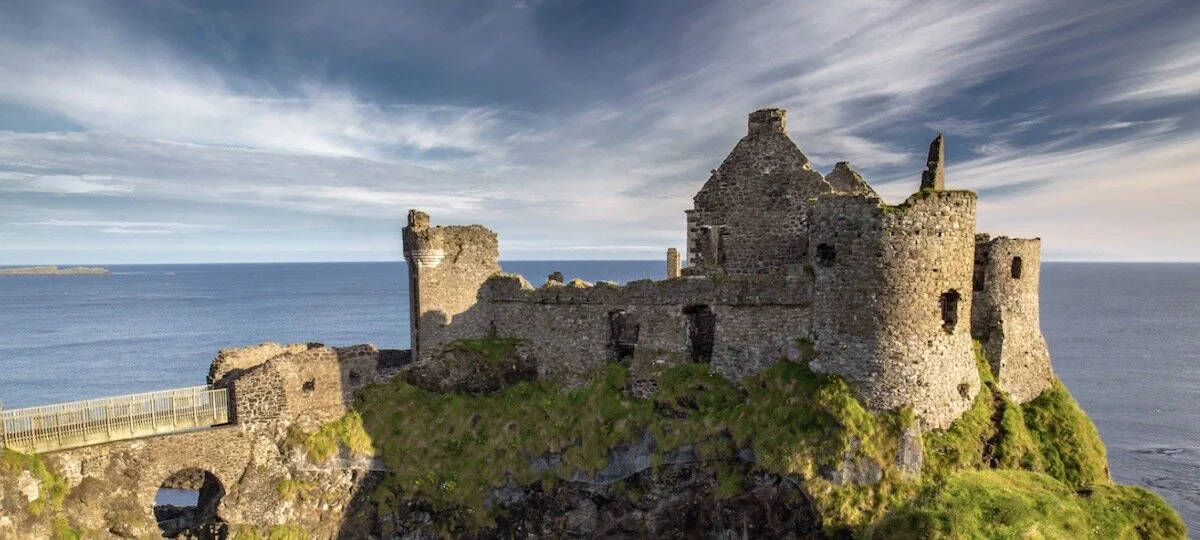Five reasons to travel outside of Paris - Hint: they are all in Puisaye
Hidden in Plain Sight - the Puisaye region of France
There are many places in France that remain discreetly hidden. Some areas have been forgotten, or just overlooked by international tourists. Some of these destinations are not well served by TGV or other rail lines, while others have chosen not to pursue high volume international tourist traffic and rather focus on local tourism. This can all be good news if you want to get off that hard beaten tourist track and jump back into the France of your youth, where English is rarely spoken, and the people are authentically French. Here the countryside is awash with vineyards cared for by generations of artisans and the summers are filled with festivals of French culture, food and wine. I visited one such area this summer. The Puisaye region located 2 hours south of Paris between west Burgundy, the Loire river and Ile de France. Read on to learn more about what this quaint lovey area of France has to offer.
THE NEW MEDIEVAL CASTLE OF GUÉDELON
Guédelon - imagined date of construction 1228 A.D.
In 1995 a team of 50 hardcore culture nerds and master builders embarked on an extraordinary challenge: build a medieval castle from the ground up using only 13th century technology and materials. Et voila, the castle of Guédelon was born, a Philippian Fort (from King Philippe Auguste 1180 – 1223) including defense towers, high walls and a moat. Construction began in 1997. In the 13th century the average time to build such a castle was 10 years, however in the 21st century, with the lack of workers specializing in the ancient techniques of stone cutting, arch building, and beam hewing, meant it would take much longer than 10 years. The project also had to endure tons of government bureaucracy, in a necessary but time consuming task of satisfying modern health and safety requirements while staying true to the historic vision. Therefore, something that would have taken 10 years in ancient times will be closer to 30 years from start to finish. The estimated date for completion is 2025.
The grounds are open to the public 7 months per year generally April through October. To get precise information and details on tickets click here.
2. SAINT FARGEAU’S CASTLE AND SPECTACLE HISTORIQUE
The court yard of Château de Saint-Fargeau
The history of Château de Saint-Fargeau spans 10 centuries, 980 ad. It is one of the finest examples of French classicism. The Lepeletier family acquired the castle in 1713 and notably Louis Michel Lepeletier voted for the death of Louis XVI. The Château de Saint Fargeau is the central "character" in Jean d'Ormesson's novel Au Plaisir de Dieu. Since 1979, the Château de Saint-Fargeau has been the property of Michel Guyot.
If you don’t speak French then a self guided tour is recommended which will take you from the creepy dark basement to the monumental sub roof attic where you can see the sevants quarters and much more. Don’t miss the toy museum under the roof : absolutely amazing !
The grounds and gardens are huge, and well maintained. There are stalls with antique buggies from the 18th century and horses from the 21st century, very much alive. You should visit the place, minutes before the night show : vibrant, exciting and joyful. You’ll come across actors in historical outfits, horses, hunting dogs, vehicles from the past. Awesome !
The pièce de résistance is the Saint Fargeau SPECTACLE HISTORIQUE. Set in the magnificent Castle grounds, 600 actors with 50 horses and hounds recreate 1,000 years of French history! Performances are every Friday and Saturday night for seven weekends between July 4 and Aug 22 2020 . Tickets are available in advance or at the door. Click for more information.


3. THE CASTLE OF RATILLY
CHÂTEAU DE RATILLY 13th century medieval castle built in 1270
Ratilly is a fortified castle and is believed to have been built as early as the 11th century, when feudalism was established in Puisaye. Razed during wars between lords, it was rebuilt upon the original foundations by Mathieu de Ratilly in circa 1270. This elegant chateau is one of the 3 castles used to create the model for Guédelon and was constructed about 40 years after the imagined date of Guédelon (1228).
In the 1950’s Jeanne and Norbert Pierlot purchased Ratilly to become a pottery center. In the 1960’s and 70’s the castle became the very first Private Contemporary Art Center in France. Since that time, the chateau hosts many concerts, original shows and major visual art exhibitions.
Visitors are welcome to enjoy a walk through the castle and grounds. The area around of the castle remains very much the same way it did 750 years ago, surrounded by graceful fields of swaying wheat, and the air is filled with the melonic sounds of the gentille alouette. If you take a deep breath, you can almost imagine yourself back there as the lord or lady in its glory days of the 13th century.
4. LA POTERIE DE LA BATISSE
Anne Sophie in her pottery workshop at La Poterie de la Bâtisse
The CAGNAT family, known as the the great pottery dynasty of Puisaye (late 16th century), has preserved the Poterie de la Bâtisse in its original form and function. Located in the heart of Burgundy, you will discover the authentic atmosphere of an old pottery workshop in operation.
Don’t miss Anne Sophie’s pottery workshop where you will find a museum, beautiful crockery on sale and clay pottery classes open to the public. A lot of history and charming features surround this very interesting and fun place.
You can find more information on this local treasure by clicking here.
5. LA FERME DU CHATEAU (The castle’s farm)
Rooster patrolling the barnyard.
On this estate you will travel back a couple of hundred years and dive into the daily routine of a 19th century farm, its inhabitants, animals and activities. Follow Emilie, the farm’s MC (master of chores) as the blacksmith, baker, or wherever a hand in needed on the farm. Stroll the grounds and meet the ducks, geese, pigs, cows, goats, chickens and horses. Emilie will later harness Altesse, a huge red roan draft horse, to the farm’s buggy to take you for a tour around the farmyard. A nice way to spend an afternoon.
For more information on hours and activities click here.























